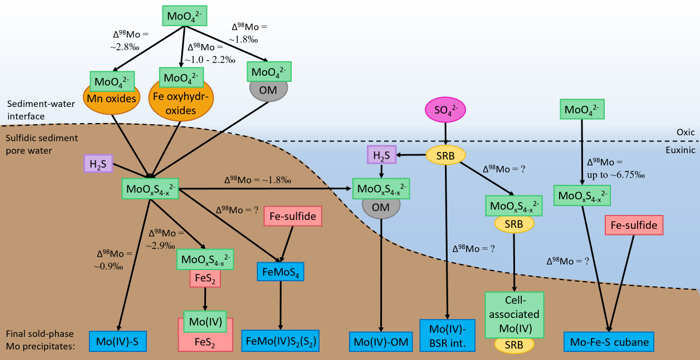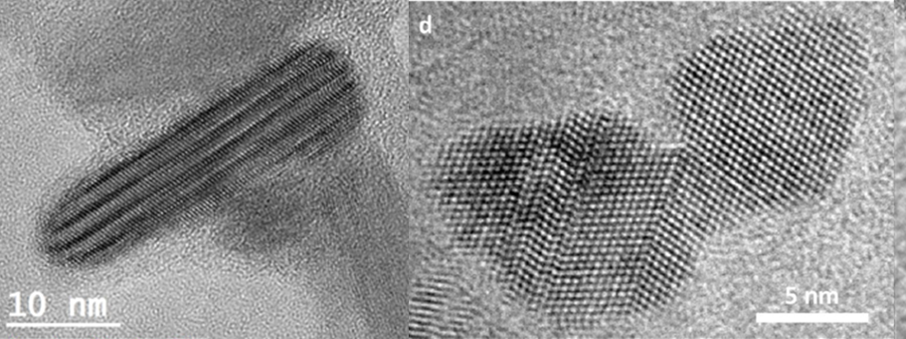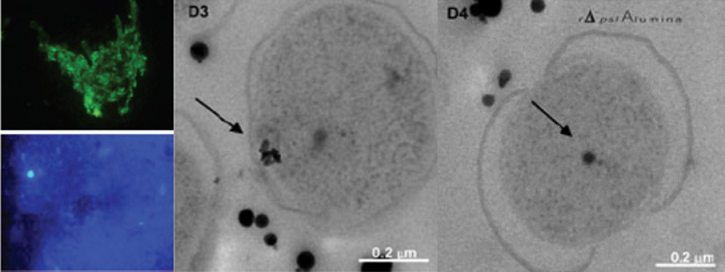NanoGeoBio Laboratory
What is NanoGeoBio?
NanoGeoBio represents a wide range of scenarios where inorganic solid phases (Geo) and microorganisms (Bio) meet, entangle, and result in some truly creative and smartly controlled processes as well as exotic nanoscale products. Examining these processes and products may provide us alternative and insightful ways to understand the evolution of biogeochemical cycles and more importantly, render us new ideas of how to build our own sustainable future. The major goal of the NanoGeoBio Laboratory is to leverage the characterization of the smallest components (many of which are poorly crystalline and evolve fast from their initial phases) and the illumination of the microscopic processes in various Earth (sub)surface and simulated settings to obtain a bigger picture regarding the cycling patterns of elements and to develop new strategies for energy harvesting and resource recovery. If you share similar research interest, you are cordially invited to join us!
Highlighted Recent Paper

Proposed mechanisms of Mo removal along with associated isotopic fractionations in a continental margin setting with euxinic bottom waters and sediment pore water.
The observed difference in molybdenum (Mo) mobility and isotopic fractionation under oxic versus euxinic (i.e., anoxic and sulfidic) aqueous conditions provides a sound operational basis for the use of Mo geochemical signatures in ancient sedimentary records to infer palaeoceanographic redox conditions. While Mo is known to exist predominantly as molybdate (MoO42-) in oxic waters and convert into thiomolybdate species (MoOxS4-x2-) under euxinic conditions, the pathways that lead to Mo sequestration are highly debated. As mechanistic understanding of Mo sequestration is crucial for accurately reconstructing the chemistry of ancient oceans and constraining the timing and intensity of oxygenation events through Earth’s history using Mo paleoproxies, we have closely examined the current proposed mechanisms for Mo sequestration across a wide range of euxinic conditions. Through compilation and comparison of such information, we aim to provide an integrated view of Mo sequestration processes, to identify the current controversies as well as the roots of such controversies, and importantly, to propose avenues for future research.
Highlighted Recent Project
The coupling of phototrophy with sulfide-oxidation and/or sulfate-reduction provides a plausible mechanism for microorganisms to tackle some of the restricting conditions in gypsum-dominated and sulfidic environments. The major motivation for this project is to illuminate the relationships between bacterial phototrophy, sulfide-oxidation (or sulfur-oxidation), and sulfate-reduction in water-restricted gypsum dunes, and in shallow sulfidic water bodies. We are combining analyses of field samples with lab simulation experiments for this work.




